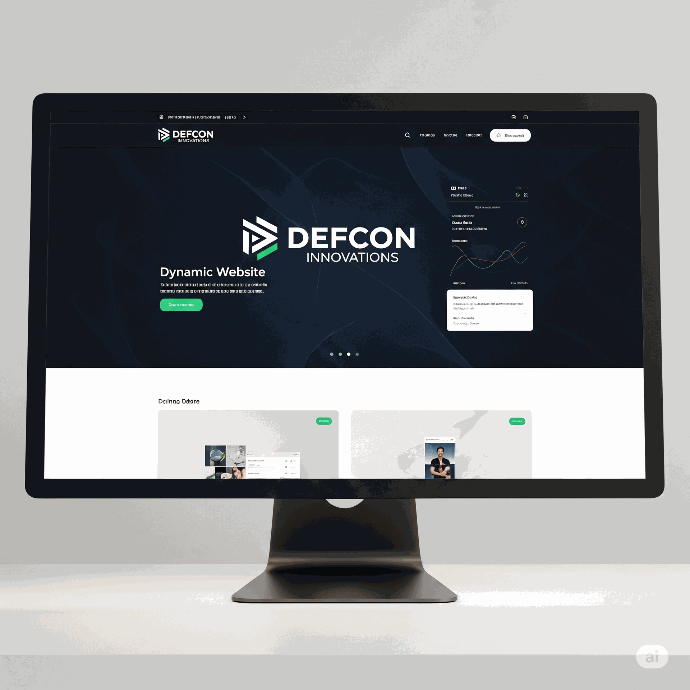Dynamic Website
A dynamic e-commerce website allows users to interact with the site and access real-time content. Unlike static websites, dynamic e-commerce sites offer personalized user experiences and facilitate transactions such as product browsing, adding items to a cart, and completing purchases.
Key features of a dynamic e-commerce website include:
- User Authentication: Customers can register, log in, and access their personalized profiles with order history, saved payment methods, and preferences.
- Product Management: Real-time product listings with the ability to update inventory, add new products, and manage product categories.
- Search Functionality: Advanced product search features, including filters and sorting options, to help users quickly find what they are looking for.
- Shopping Cart and Checkout: Seamless cart management, where customers can review, update, and finalize their orders, with secure payment gateways.
- Order Management System: Admin tools for tracking orders, processing returns, and generating reports on sales and inventory.
- Responsive Design: A mobile-friendly interface ensuring that customers can browse and shop on any device.
- Customer Support: Integrated chat support or helpdesk systems for customer assistance.
Dynamic e-commerce websites typically integrate with back-end systems like databases, content management systems (CMS), and third-party services such as payment gateways, shipping services, and marketing tools. These sites provide a highly interactive and customizable shopping experience for both customers and store owners.
